Historic methods of Coffee growing in Honduras
Coffee is one of the profitable exports in Central America. Many countries possess top of the line coffee but only Honduras produce some of the best organic coffee beans in the world. The Central American country has a history as rich as their coffee bean. The play a vital role in spreading the message of organic agriculture throughout the region as well as training and educating fellow organic co-ops around the country. The COMSA region is home to some of the most widely consumed coffee in the world and have been able to lead the way in agriculture in the area through utilizing old farm methods that have lasted generations and matching the with modern day technology. This has resulted in a growth in organic production that no one could have ever imagined.
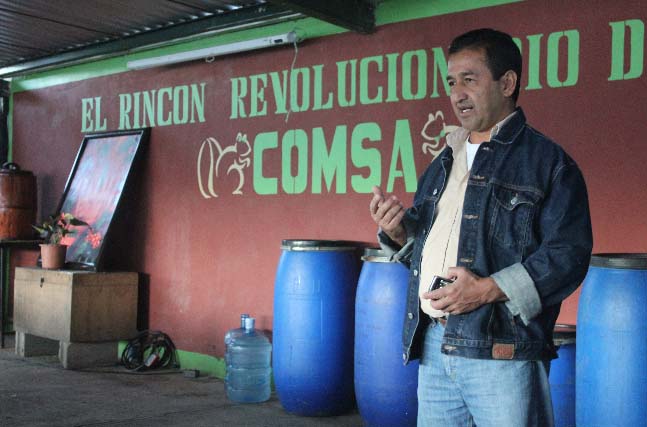
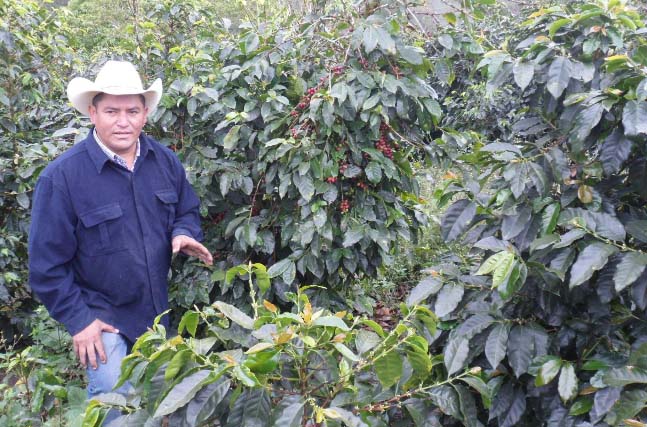
The Catuai COMSA region in Honduras was founded by 62 farmers in late 2000 with plans to change the growing methods of the region. In 2001 they received certification as an organic entity by Bio Latina. They developed a growing technique that helped yield healthy and natural catuai coffee and in 2006 they received Free trade status. They are backed by the CEDECO which is the Cororacion Educativa para el Desarrollo Costarricense who protects the farmers and their organic practices.
How does it grow?
Cultivating the crop in Central America is much different than other regions in the world. The naturally processed crop is produced in clay mineral soil during the December-February months. It is grown in an altitude of 1200-1600 meters above sea level and left sun dry causing it to create a crisp nutritious crop for the farmer. It is fully washed as well as shade grown to ensure the final result is pleasurable for the consumer. Rich Coffee Roasters offers the highest quality of coffee bean in the world and any bean coming from the COMSA region will back that up on its own.
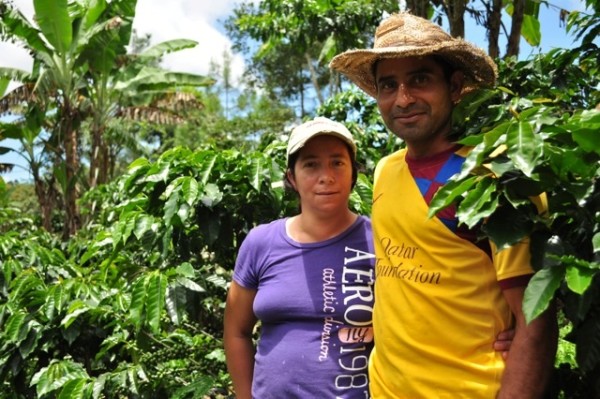
How does it taste


